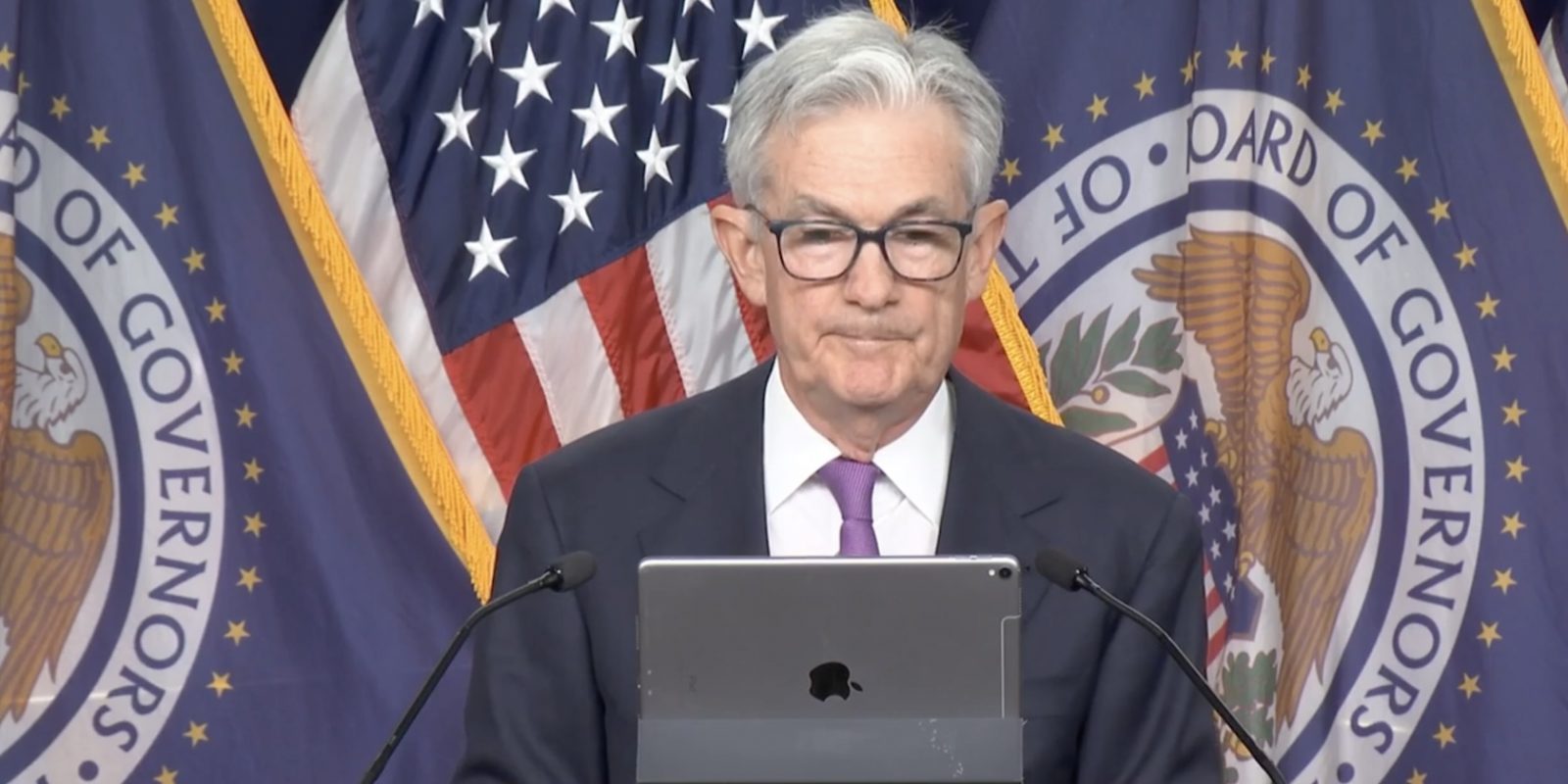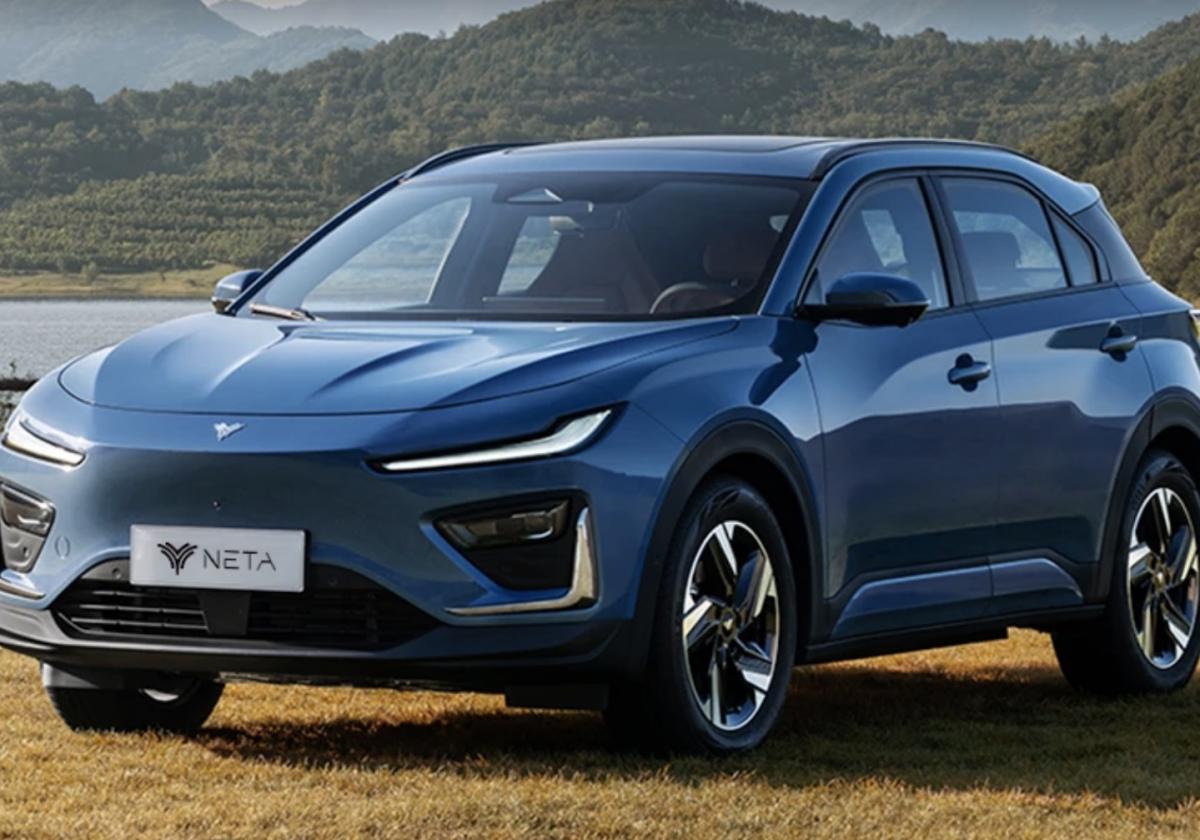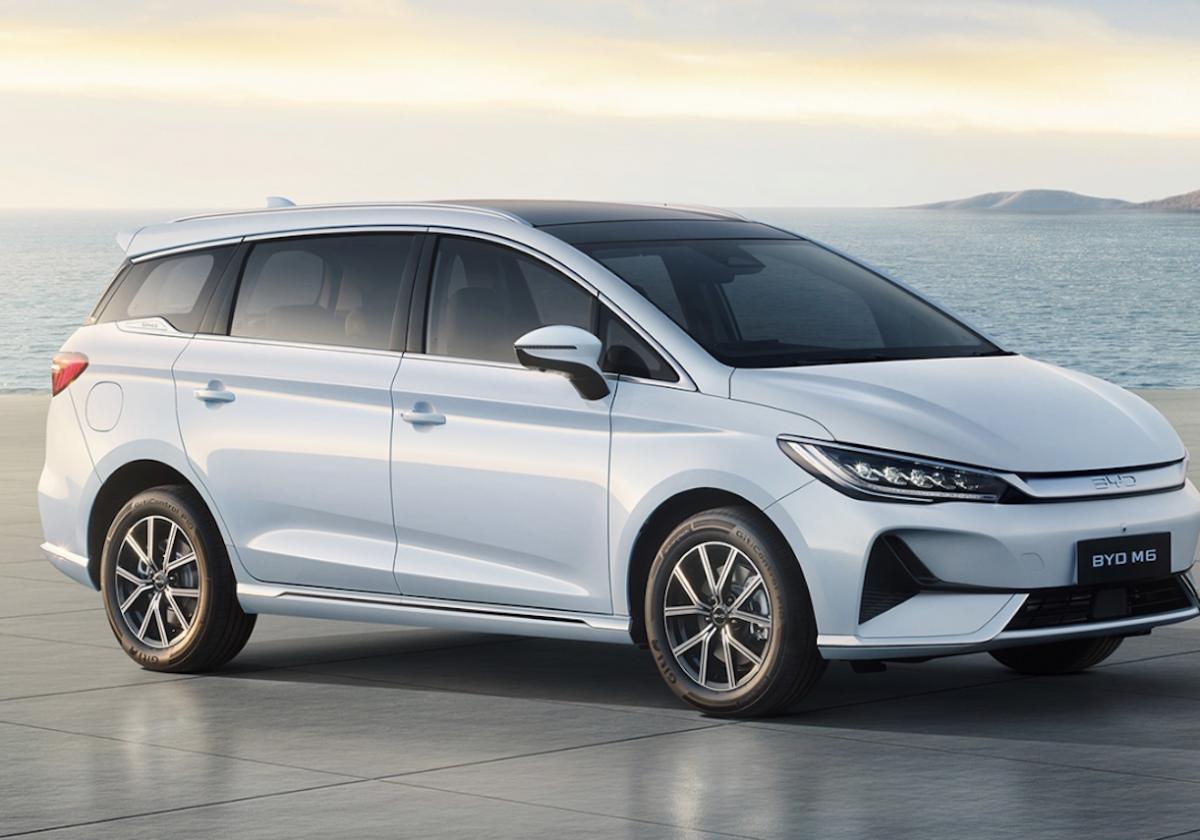In a recent move, the Federal Reserve raised its target interest rate to 5.25%-5.5% in September 2023, marking the highest level since 2001. This development carries significant implications for consumers, as borrowing costs across the board are set to rise. In this article, we delve into the effects of the Federal Reserve’s decision on average Americans and their finances.
Auto Loans: A Costly Proposition
According to data from Experian, the average auto loan interest rate for new cars in the second quarter of 2023 stood at 6.63%. For those opting for used cars, the situation was even more challenging, with interest rates soaring to a daunting 11.38%. These rates translate into monthly payments averaging $729 for new cars and $528 for used cars, as reported by Experian.
Contrastingly, data company Cox Automotive, in its September 2023 Industry Insights and Sales Forecast Call, reported somewhat higher figures, with average monthly payments for new cars at $770 and used cars at $592.
The Rich Get Richer, The Rest Pay More
The Federal Reserve’s decision to raise interest rates primarily benefits those who are already financially well-off. Wealthy individuals and cash-rich corporations can now expect to earn over 5% annually on their holdings. However, the story is vastly different for regular people and smaller businesses in need of loans, as they are confronted with considerably higher borrowing costs.
Inflation: The Culprit
The Federal Reserve’s decision to hike interest rates is driven by the need to combat inflation. However, it is essential to understand that the current inflation surge is mainly attributed to supply-side disruptions, a fact acknowledged by the San Francisco Fed itself.
Buying A Home: A Tougher Proposition
For those considering purchasing a new car, borrowing at the current elevated interest rates or paying in cash are the only viable options. The situation is no less daunting for potential homeowners. The average 30-year mortgage rate now hovers around 8%, significantly higher than the 3% rates of the recent past.
To put it into perspective, if you buy a $500,000 home and borrow $400,000 at 8%, your total cost over 30 years will amount to nearly $1.2 million, before property taxes. In contrast, when rates were at 3%, the same purchase would have cost approximately $700,000.
In Conclusion
The information presented in this article highlights the undeniable impact of the Federal Reserve’s interest rate hikes on everyday Americans. While these actions are intended to combat inflation, they simultaneously place an increased financial burden on individuals and businesses that are already grappling with economic challenges.
The Federal Reserve is walking a tightrope, trying to control inflation without causing a recession. This is a difficult task, but it may be possible with the help of artificial intelligence. AI can boost productivity by automating tasks and improving efficiency. This could help to reduce costs and increase output, which could help to ease inflationary pressures.







